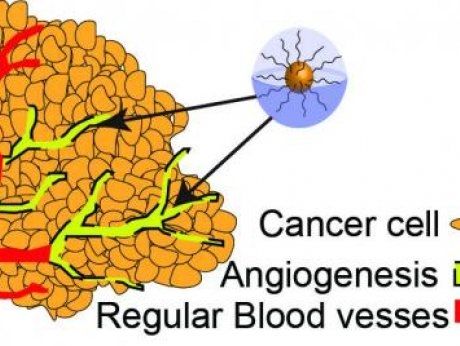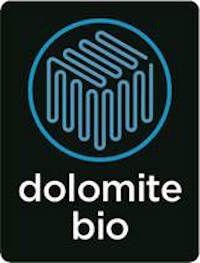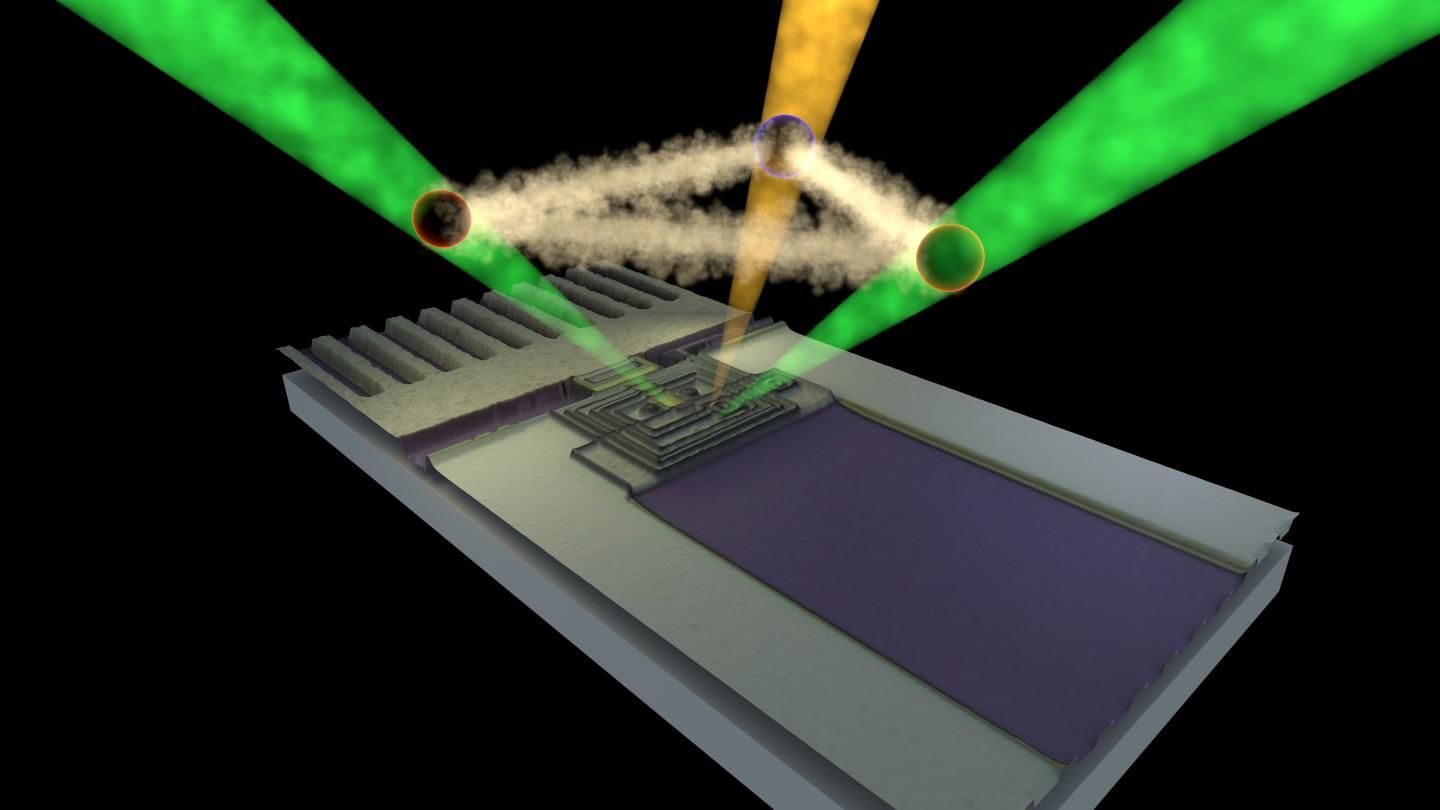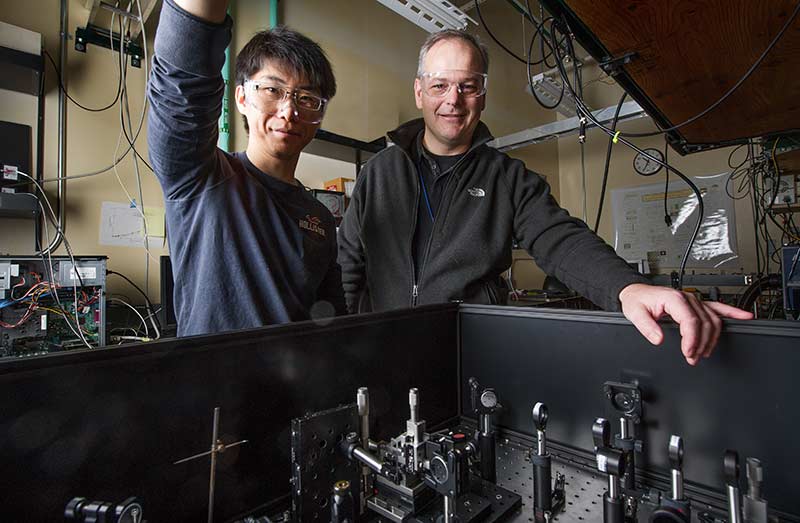Aug 31, 2016
Would treating cancer more like a long-term illness extend lives?
Posted by Karen Hurst in categories: biotech/medical, health
Interesting perspective on cancer.
A lot of the focus in the medical approach to cancer focuses on destroying it, but what if it was treated cancer like long-term diseases such as diabetes? Researchers have explored the concept of a method to control cancer with a drug delivery system that keeps the cells from multiplying.
The method, which researchers have called the “metronomic dosage regimen,” involves giving the patient lower doses of chemotherapy more frequently to create an environment where cancer cells cannot grow.
Continue reading “Would treating cancer more like a long-term illness extend lives?” »


















